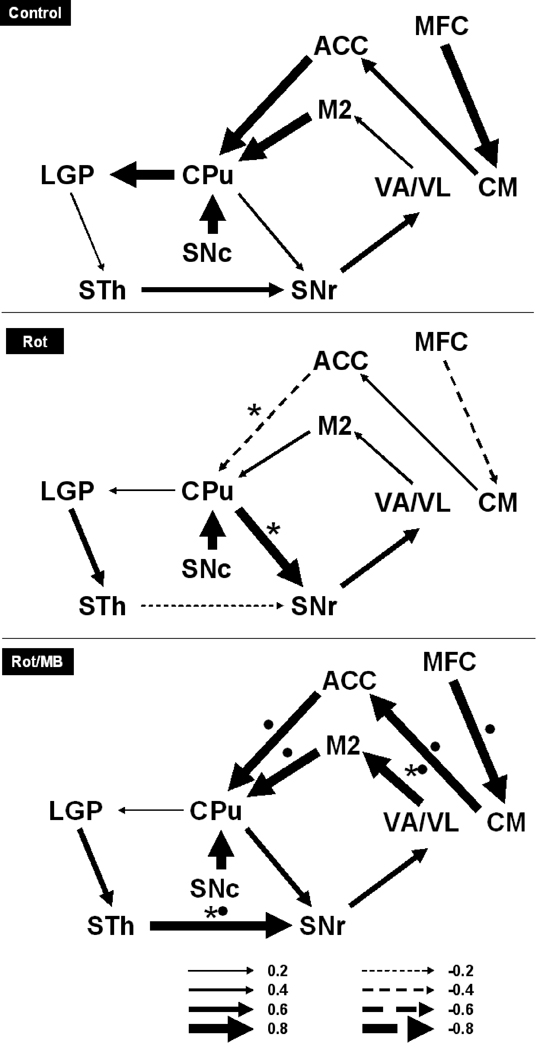Figure 6. Methylene blue enhances the functional connectivity between regions involved in motor control.
The cytochrome oxidase activity data from the lesioned hemispheres were applied to an anatomical network model of motor control, and patterns of functional connectivity were determined based on interregional metabolic activity correlations. The vehicle-injected control group was used as a reference for functional connectivity in the network of interest. The striatal damage induced by rotenone (Rot) resulted in a general functional disconnection (thinner arrows) in the basal ganglia-thalamocortical motor loop, with a pattern characterized by 1) decoupling between the subthalamic nucleus (STh) and the substantia nigra reticulata (SNr), 2) decoupling between thalamic regions (VA/VL) and the secondary motor cortex (M2), 3) decoupling between M2 and the striatum (CPu), and 4) emergence of a strong functional correlation between CPu and SNr (i.e. descending striatonigral pathway). MB co-treated subjects (Rot/MB) showed strengthening of functional influences in the indirect striatal, thalamocortical and corticostriatal pathways compared to Rot, a pattern suggestive of MB-induced network normalization that was similar to control. Arrow direction is given by the anatomical connectivity model and arrow thicknesses represent the magnitude of the interregional correlation coefficients (r) (i.e. an index of the degree of functional coupling). Thicker lines represent higher functional coupling, whereas thinner lines represent lower coupling. Solid arrows represent positive (+r), whereas segmented arrows represent negative (−r) interregional metabolic activity correlations. * = significant difference from control. • = significant difference from Rot group.

